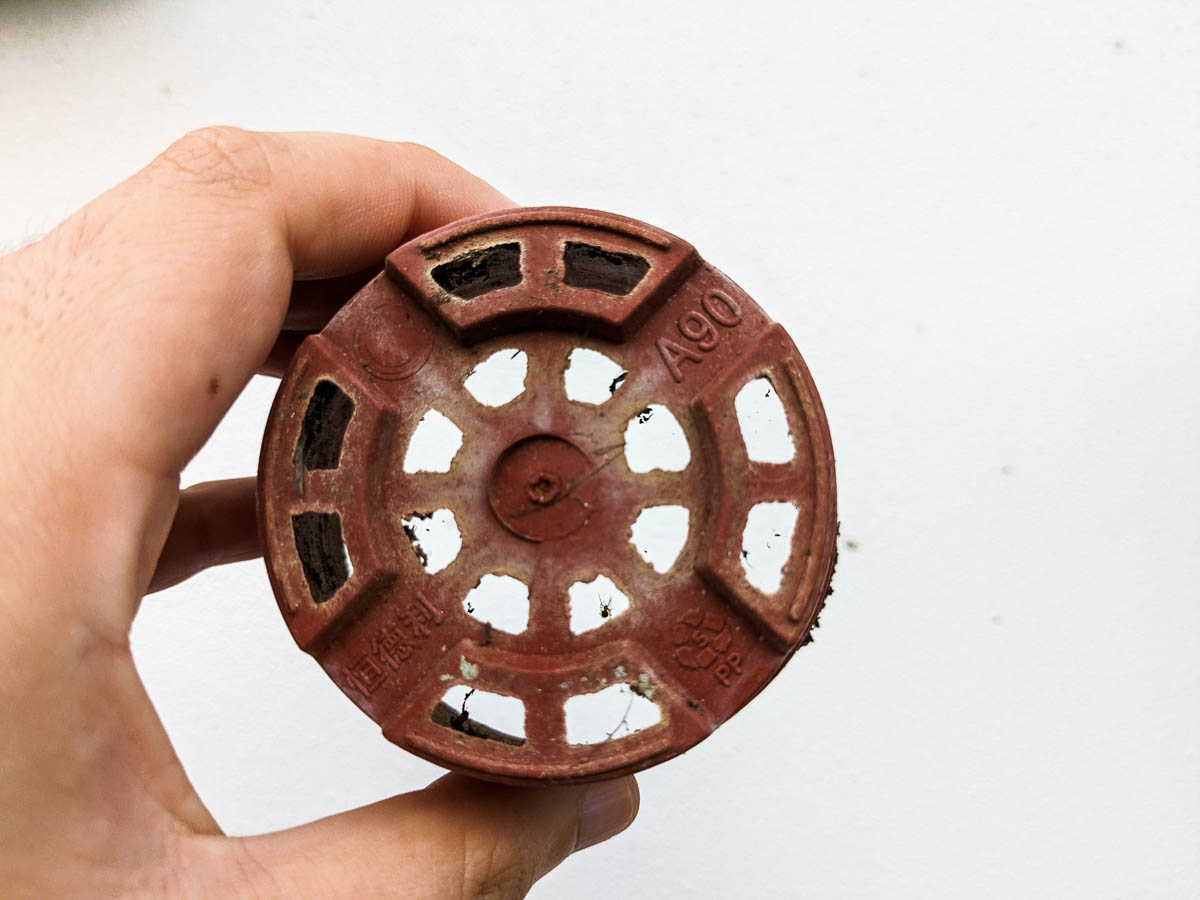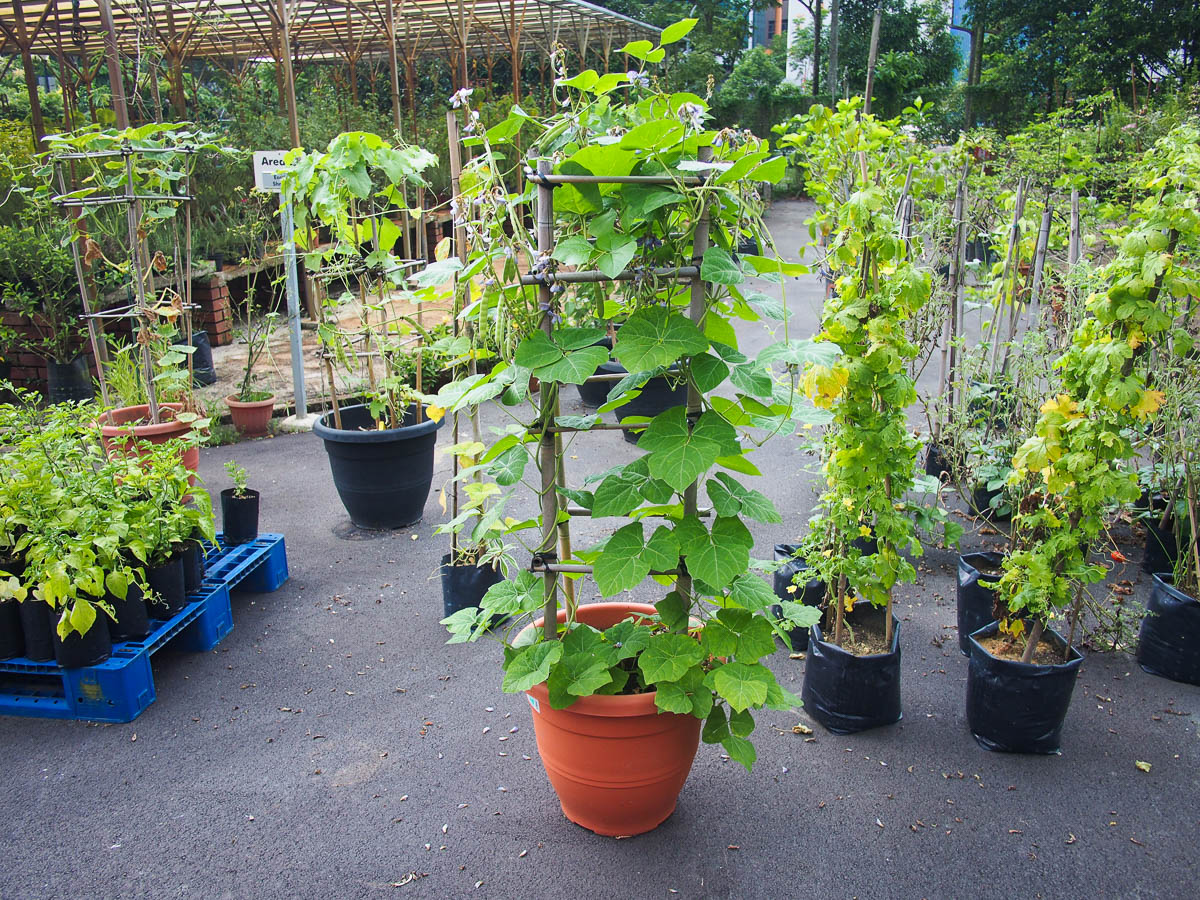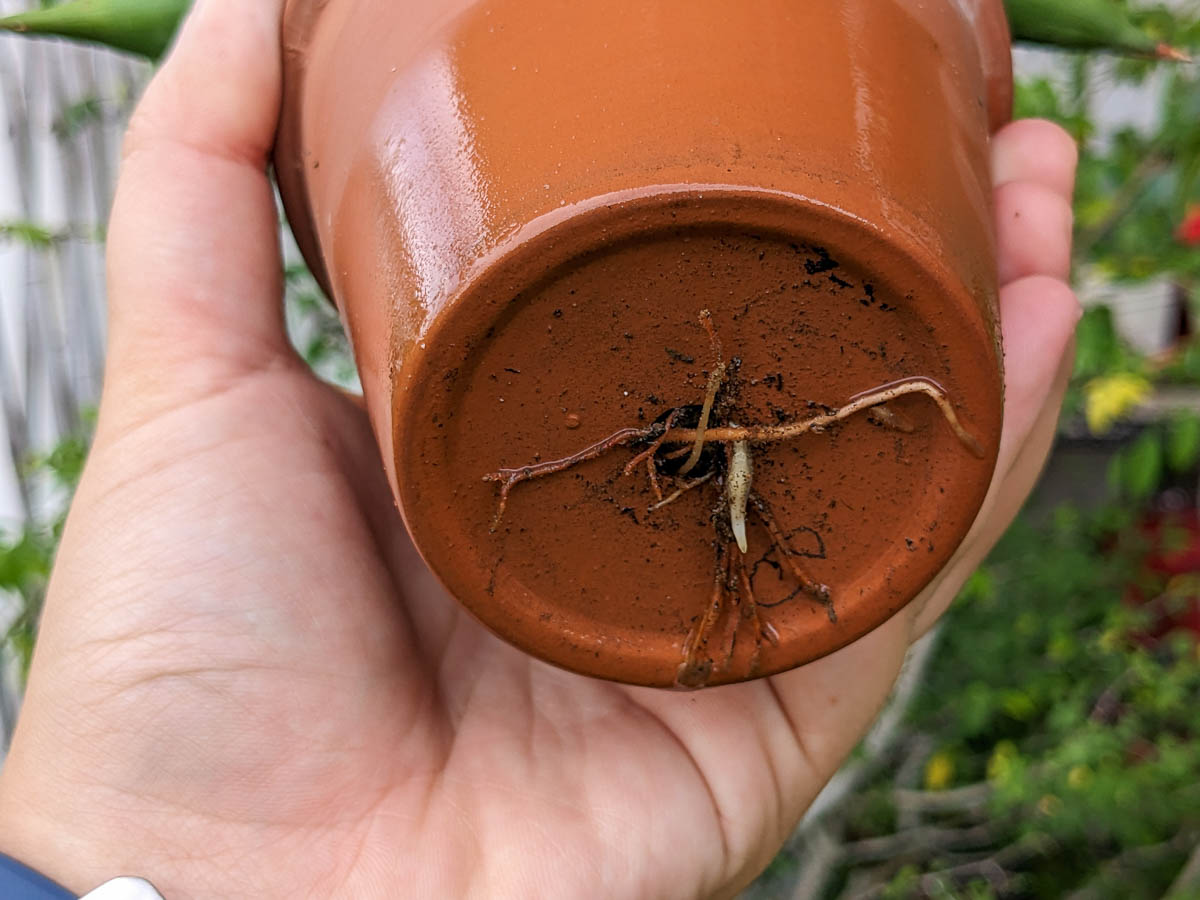Planting in Containers
.jpg)
Containers are a gardener’s best friend because they are a versatile way to grow plants almost anywhere. Whether they are conventional pots, troughs, raised planters, vertical wall pots or upcycled, there are some principals to gardening in containers that will help you grow your potted plants to their fullest!
Container material
Anything that is waterproof and can hold soil could potentially become a container for your plants. Many store-bought containers are made from plastic, metal, glass, clay, or wood, and upcycled pots are often made from the same materials.
-
.jpg)
Plastic containers are light, flexible and cheap. They also do not heat up easily and come in a wide variety of styles. However, thinner plastics will break down quickly when exposed to the sun, while thicker plastics can last longer. Most plastic pots will last between 1-10 years.
-
.jpg)
Metal containers look stylish and rustic, but they tend to be heavy and can heat up quickly in direct sunlight. They are best used in shady gardens, which will prevent plants and gardeners burning themselves on the hot metal. Metal is a long-lived material, especially when coated with anti-rust paint. These containers can easily last 5-10 years.
-
.jpg)
Glass containers are particularly eye-catching for indoor spaces, and are generally classy additions to your garden. However, they are heavy and delicate, and thus need to be handled with care. Glass also tends to heat up in the sun, and is prone to algal growth. Glass also rarely comes with drainage holes, so care must be taken while watering to prevent waterlogging the whole container. If kept well, glass containers can last 10 years or more.
-
.jpg)
Clay containers are traditionally used for gardening and are often the most common pots you can find after plastic. They are tougher than glass, but they are still heavy and can shatter. Unglazed clay pots will dry out faster than glazed pots, but both are long-lived and reliable materials that can last for more than 10 years.
-
.jpg)
Wooden containers are light and stylish, but they do tend to rot within three years even when coated with varnish in the tropics. Most wooden containers exposed to the sun and rain last up to about 5 years at most.
Drainage

The most common problem container gardeners have is root rot. This is generally caused by a lack of drainage in pots, which leads to roots sitting too long in water with no oxygen, causing them to suffocate to death and rotting. Having drainage holes at the bottom of your container will prevent this. Drainage in containers can also be further improved by using broken pot shards or a fine mesh at the bottom of the container to protect the drainage holes from being clogged by soil.
Some containers can be easily modified to add drainage holes. A piece of hot metal like a soldering iron can be used to make holes in thin plastic, while a drill can be used for thicker plastic, metal, wood or concrete.
Size
Container sizes will affect two major things for growing plants:
- How much space roots will have to grow
- How fast the soil dries out
.jpg)
Smaller pots will have less space for roots, and will dry out faster. This makes them ideal for plants that naturally have shallow roots and that are sensitive to waterlogging, like most small leafy vegetables. Small pots are also ideal for maximising odd or small spaces, like walls.

Larger pots are important for growing plants with large root balls, as they need more soil to keep hydrated and stable. Climbing plants, trees, and large shrubs all need larger and deeper pots to grow well. However, plants that are sensitive to waterlogging may get root rot if they are planted in pots that are too big for them, and are unable to absorb water fast enough.

A good rule of thumb is that pots should be at least as wide as the plant, with an extra 5cm diameter for the plant to grow comfortably. All potted plants may eventually get root-bound, in which the roots hit the sides of the pot and start to grow back in towards existing roots or escape through the drainage holes. This usually results in the plant wilting suddenly or becoming stunted. Remove the plant from its old pot and tease part the roots before replanting it in a pot at least 10cm larger in diameter and depth with more soil to remedy this.
Soil for container gardening
.jpg)
Containers by nature will limit the amount of soil your plant has access to. It is important to keep your soil soft and well-draining with lots of organic or inorganic soil amendments.
Container soil can become compacted and nutrient-poor after some time as the organic matter in soil breaks down. It is a good practice to refresh your soil at least once a year by breaking it up and adding 2 parts organic soil amendments to 1 part old container soil. Adding some slow-release fertiliser will help to replenish nutrients, and encourage new roots to settle in. It is best practice to repot plants once a year with new or refreshed soil to keep the plant growing.
Upcyling
Waterproof containers like takeaway boxes, tins, and bottles can be readily upcycled to make pots. Making and decorating upcycled pots is a fun bonding activity, and can be paired with propagating cuttings to make gifts!
.jpg)

